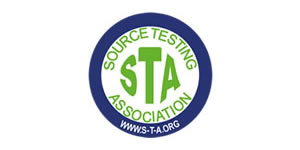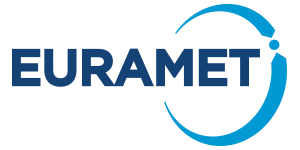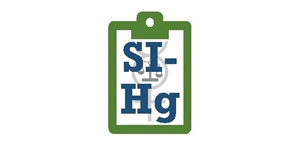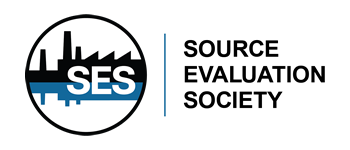| Abstract Title: | Characterising methane emissions from North Sea gas production using chemical fingerprinting |
| Presenter Name: | Dr James France |
| Co-authors: | Mr Max Coleman Dr Rebecca Fisher Dr Dave Lowry Mr Mathias Lanoiselle Ms Julianne Fernandez |
| Company/Organisation: | Royal Holloway University & British Antarctic Survey |
| Country: | United Kingdom |
Abstract Information :
Natural gas is an important component in the UK's energy mix, but is also a major greenhouse gas. Efforts to limit the amount of fugitive methane emission is high priority due to lost revenue and also in order to reduce the impact of the gas industry on climate change. Therefore, in order to effectively determine the impact of fugitive methane emissions from natural gas production and transmission when assessing its contribution to climate change we need to quantify the major sources of fugitive emissions from the gas industry.
As part of the UN CCAC (Climate and Clean Air Coalition) international methane studies, a five-day aircraft campaign using the BAS twin otter aircraft was conducted in the southern North Sea in April 2018, with a further four-day campaign scheduled for April/May 2019. Ground surveys have also been conducted around each of three gas terminals on the UK's east coast using a combination of vehicle mounted measurement and on-foot surveying. All surveys used a combination of C2H6, CH4, CO2 continuous measurement (~1Hz) using cavity enhanced spectroscopy and discrete whole air samples are collected in emission plumes and analysed in the laboratory for 13C-CH4 using high precision CF-GC-IRMS (Continuous Flow - Gas Chromatography/Isotope Ratio Mass Spectrometry).
The combination of measurement techniques allows for identifying and distinguishing emission sources using 13C-CH4, C2H6:CH4 and CH4:CO2 as signatures for varying sources of emission. Principally, these signatures enable fugitive natural gas emissions to be distinguished from other sources in aircraft and ground sampling. Variability in these signatures also has potential in identifying specific emission processes (e.g. flaring vs leaking gas) and further characterisation of specific sources (e.g. maturity or depth of gas source).
Emissions from a few sites in the North Sea have been identified from the April 2018 campaign, with enriched 13C-CH4 or elevated C2H6 from CH4 plumes indicating rigs as most likely sources. Targeted sampling in the April/May 2019 flight campaign should enable testing of the temporal consistency of the emissions and their 13C-CH4 and C2H6:CH4 signatures. From the ground surveys at the terminals, 13C-CH4 and C2H6:CH4 signatures of methane emissions have been compared with those for gas rigs sampled during the aircraft campaigns, and with signatures from UK gas distribution network leaks.






